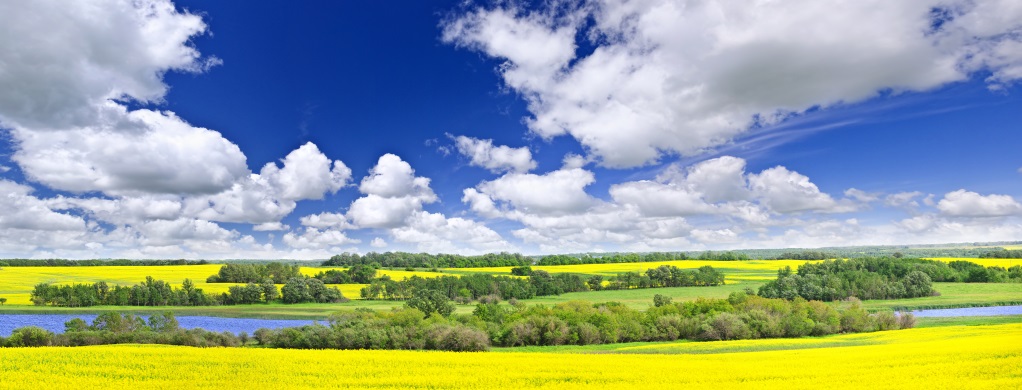On November 29, 2018 in the Canadian province of Saskatchewan, provincial Environment Minister Dustin Duncan announced a new Saskatchewan Climate Resilience Measurement Framework to help measure resilience in the face of a changing global climate.
The framework is a first of its kind in Canada and a cornerstone commitment in Prairie Resilience, the made-in-Saskatchewan climate change strategy. This government-wide action plan includes 25 measures to monitor and enhance provincial resilience to climate change.
“Our government has made significant progress in the development of Prairie Resilience since it was announced nearly one year ago,” Duncan said. “This new resilience framework covers a broad and balanced set of measures that will help to ensure we are working to protect Saskatchewan people and communities from a changing climate. This is an important part of our comprehensive plan that will reduce greenhouse gas emissions and achieve better results than a singular carbon tax policy.”
Resilience is the ability to cope with, adapt to and recover from stress and change. This includes the ability of natural systems (land, water and forests), physical infrastructure, economic sustainability, community preparedness, and the well-being of people to adapt and thrive in a low-carbon economy and changing environmental conditions, such as extreme weather or flooding.
Examples of specific measures in the framework are:
- Percentage of agricultural land area with a nutrient stewardship plan, which matches the right source and rate of fertilizer to the right time and place of application;
- Greenhouse gas emissions from government-owned buildings;
- Provincial forest harvest designs;
- Floodplain mapping for at-risk communities; and
- Wildfire fuel management work on Crown land.
The Climate Resilience Measurement Framework marks a significant commitment in the province’s Prairie Resilience strategy, which also includes emissions reductions in electricity, upstream oil and gas, and industrial facilities that emit more than 25,000 tonnes of emissions each year.
These commitments are intended to reduce annual greenhouse gas emissions by 12 million tonnes by 2030.
Photo of canola farm on the former Saskatchewan prairie ecosystem via Adobe Stock.

